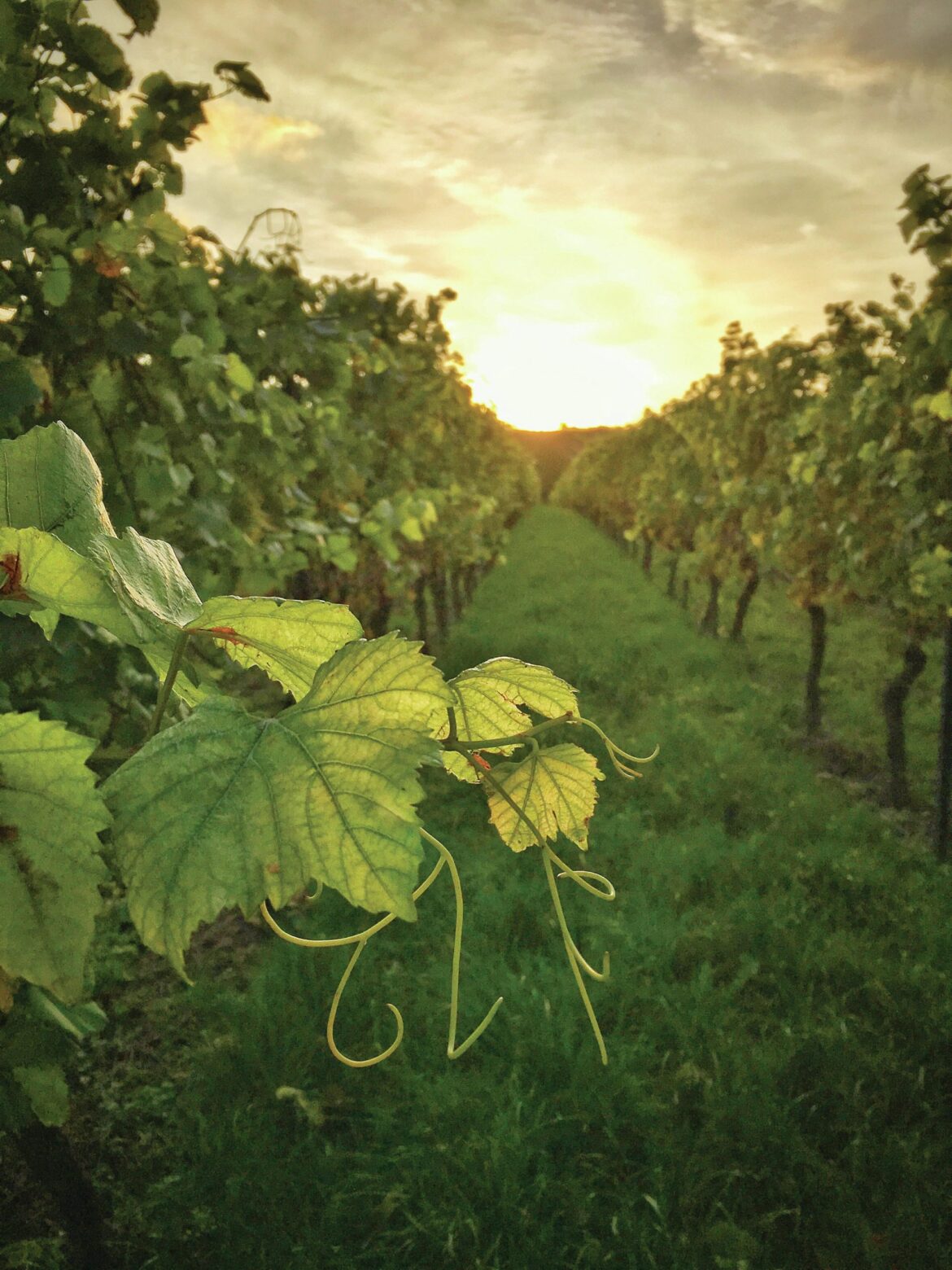Organic wines provide a much-needed bright spot in a difficult global wine market – but consumers in some markets remain confused or sceptical. Lucy Shaw reports.
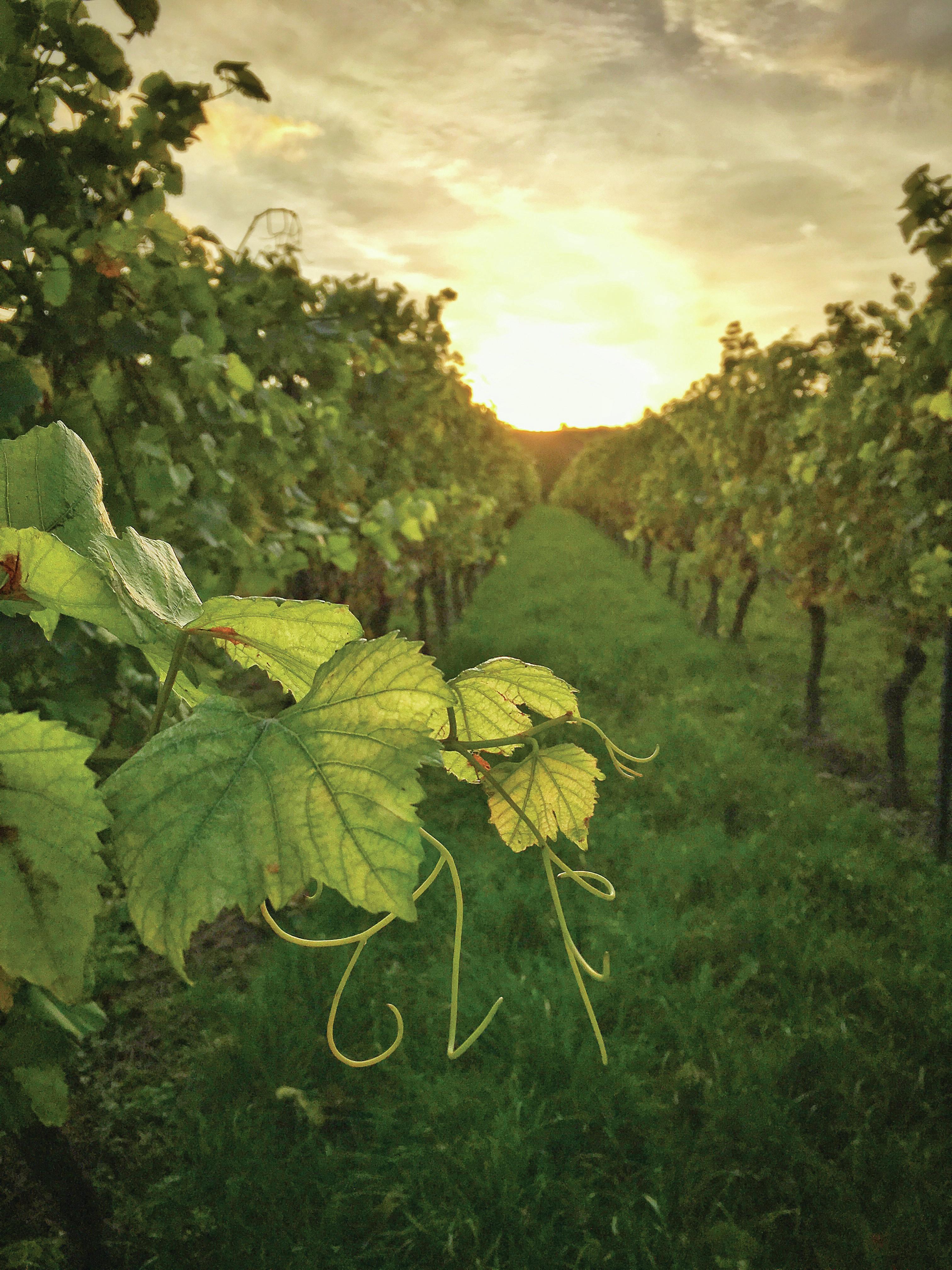
When db last explored the topic of organics in depth, it used Take That frontman Gary Barlow as an interesting if unlikely barometer of the organic wine market. Barlow had just launched his eponymous organic wine brand in 460 Morrisons stores in the UK at £8 a bottle, proving that organic wines could be made at scale and wallet-friendly prices.
Three years on, Barlow’s range is still going, but the wines are no longer organic, with the brains behind it, Benchmark Drinks, switching production from Spain to South Africa, implying that it might have been too hard to sustain an organic wine brand at that scale and price.
Growing interest
While interest in the category is growing, organic remains a drop in the ocean compared to conventional wine, making up only 4% of still wine consumption in 2024, according to IWSR. It does, however, continue to buck the downward global wine consumption trend, with IWSR reporting that organic still wine consumption grew at a CAGR of 3% between 2019 and 2024, while conventional wine declined by 4% over the same period.
Market research firm InsightAce Analytic forecasts that the organic wine market will nearly triple in value between 2021 and 2030, reaching US$25bn by 2030 – but just how well the category is doing depends on who you talk to.
Sales doubled
Having invested a lot of time and energy into growing its offering, Majestic’s organic wines sales doubled in 2024, and its range now sits at more than 200 wines.
Laithwaites reports a similarly sunny outlook, with sales of its organic wines increasing by 297% over the last five years, and organic wines now accounting for just over 5% of the Laithwaites range at 92 SKUs.
At organic wine specialist Vintage Roots, which offers close to 500 certified organic wines, sales have been more modest, with co-owner Neil Palmer hoping for a 5% increase this year. And, while Waitrose remains a leading light for organics among UK supermarkets, its range has dipped from 88 listings to 56 in the last three years.
Market share
When it comes to market share of global consumption, Germany continues to lead the charge as the world’s biggest drinker of organic wines, followed by France, the UK and the US, with Italy leapfrogging Sweden into fifth.
“Since the second half of 2023, Europe has led the recovery in organic wine sales,” says Andrés Muñoz, export manager at Chilean producer Emiliana. “Countries like the Netherlands, Denmark and the UK are at the forefront for us due to strong, long-term partnerships with our local importers and a growing consumer demand for wines produced without chemicals.”
It’s a similar story at Cava maker Codorníu, whose wines are now 100% organic. “Germany, the UK and the Nordic countries are our top-performing markets,” says CEO Sergio Fuster. “These regions have mature organic food and beverage sectors, and consumers who are highly engaged in sustainability. We’ve also noticed strong traction among Millennials and Gen Z consumers, who tend to prioritise both environmental responsibility and transparency in production.”
Conscious consumers
Organic leader in Argentina Domaine Bousquet has also noticed an uptick in interest and organic wine sales from younger consumers. “Organic is no longer the niche it once was; it’s an expanding category and we’re seeing growth in both volume and value across all our key markets,” says CEO Anne Bousquet. “Millennials and Gen Z are leading this shift. They’re conscious consumers and are keen to support brands that align with their values.”
In Chile, whites are proving popular. “Our white organic wines are especially growing this year, which seems to reflect the wine category’s shift towards whites and fresher styles, driven by demand from Europe,” says Cono Sur brand manager Sebastián Aguilar, who adds that the label is the top organic wine brand in Canada. “Japan is also a very important market for us, where consumers place high value on organic attributes.”
Over in Provence, Stephen Cronk reports that organic wine sales at his Mirabeau estate have grown by 400% during the last three years. “It’s encouraging to see growth despite the cost-of-living crisis,” he says, singling out Whole Foods as a champion of eco-friendly wines. “Whole Foods is one of a handful of retailers that are actively giving space to winemakers with high environmental standards, and we’re now able to respond to specific tenders for regenerative agriculture and B Corp, rather than only organic,” says Cronk.
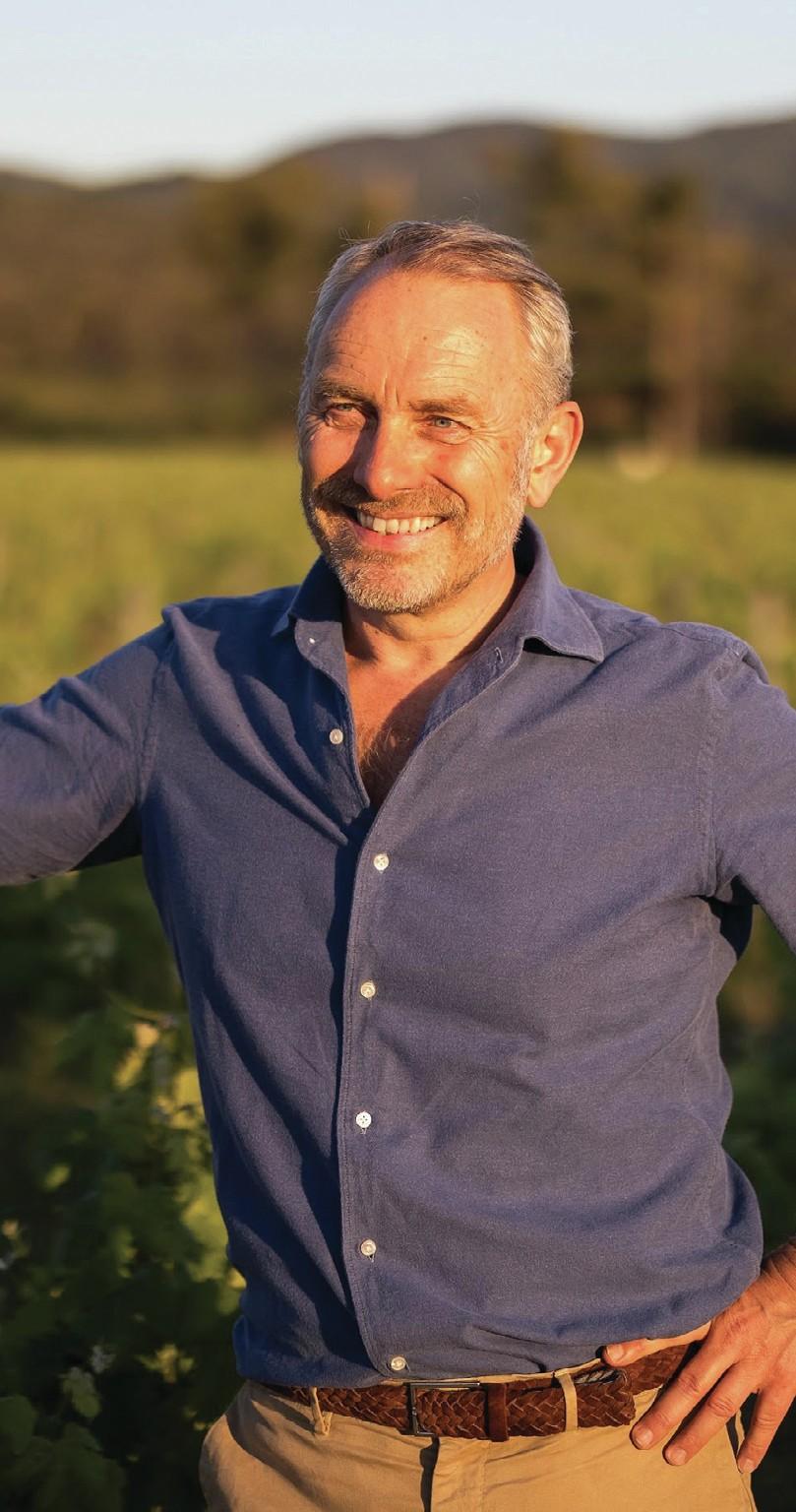
Southern star: Stephen Cronk’s Mirabeau has hugely increased organic wine sales
Fellow Provence producer Château Léoube is enjoying success with its 15 certified organic cuvées in the UK, which “remains a very strong market where we have a loyal following”, says CEO Jérôme Pernot, who warns against using organics as a marketing tool, stressing the need for it to be “intrinsic” to a winery’s philosophy.
Spain and Sicily
Among UK retailers, Spain is where buyers are going to sniff out excellent-value organic wines.
“Organic wine quality has been pretty solid for many years now, especially if you select carefully. With a huge increase in production over last five years, some prices have come down a bit, and the best value within Europe definitely seems to be Spain,” says Palmer of Vintage Roots, who recently added a quirky Garnacha/Syrah/Airén field blend from La Mancha called Vampiro de Pueblo to his range.
Innovation within the organic wine category in Spain is high, with Jumilla-based Gil Family Estates seeking to expand its offering beyond 19 wines. “We’re always innovating and actively developing new organic products, including wines aged in tanks made from alternative materials, allergen-free options and even our own organic brandy,” says co-owner Paco Gil. Sicily has emerged as another darling for retailers on the hunt for delicious organic wines.
Laithwaites’ own-label w/o range, which includes a Frappato, a Nero d’Avola rosé and a sparkling Grillo, comes entirely from Sicily and has been flying into shoppers’ online baskets. “It’s an innovative product from a madly passionate winemaker that our customers have really got behind,” says wine director Liz Smith. “A fifth of our organic wines are Italian, as it represents great value within the category.”
Stefano Girelli of Italy’s The Wine People has also seen sales of his organic Frappato soar. “It’s appealing to today’s consumers as it’s an approachable, lighter style of red that is best enjoyed slightly chilled and matches really well with all kinds of dishes,” he says.
Grocery retail
At Waitrose, top-performing organic wines include Yalumba Viognier and Codorníu 1872 Brut Cava, with year-on-year sales up by 21% and 25% respectively. “We’re delighted to feature one of the largest selections of organic wines in grocery retail, with more than 50 currently stocked. Each wine is chosen for its exceptional quality and value, and we see organic certification as a fantastic bonus,” says head of wines Pierpaolo Petrassi MW, who is on the hunt for more.
Meanwhile, The Wine Society has grown its organic range fivefold over the last four years to 260 wines. “Organic is important to our members and we’re seeing more demand for these wines,” says director of wine Pierre Mansour. “Southern France is our biggest area for organic wines, closely followed by Spain and Italy, which isn’t surprising, given the climate in these areas is more attuned to growing organically.”
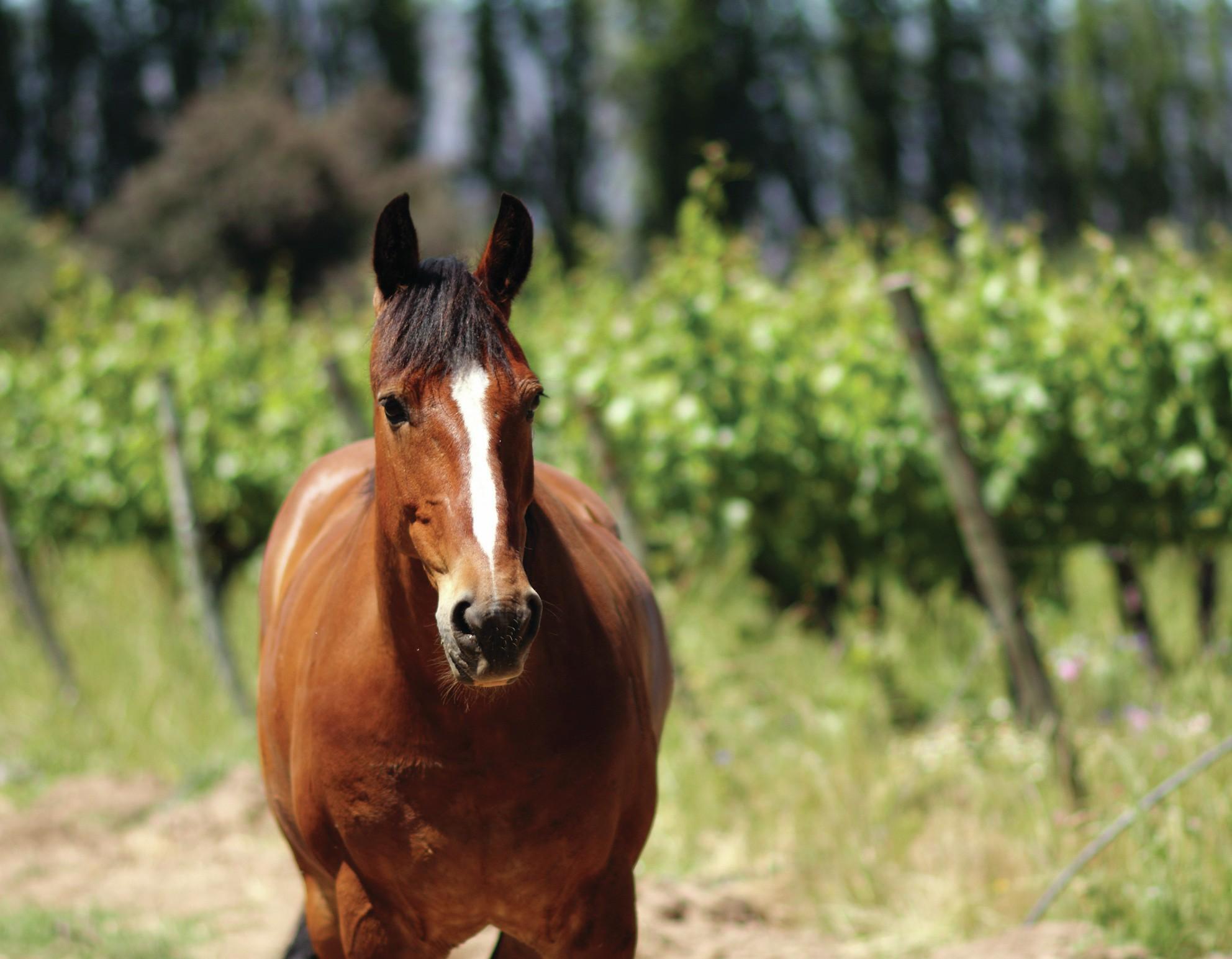
Galloping ahead: organics are bucking wine’s downward consumption trend
Provence has been a star performer within the organic category for Majestic. “But there’s a real spread across regions and grapes now,” says buyer Jane Masters MW. “Wines like our Domaine Fouassier Cuvée Calcaire Sancerre, La Raia Il Borgo Gavi, Primitivo from Puglia and Raimat Albariño from Costers del Segre are all really popular with our customers.” Masters believes that, with quality and production on the rise, it’s easier than ever for retailers to be able to offer organic wines at more affordable prices.
“In a lot of categories across food and drink, you can still pay a huge premium for organic products, but you can get some great-value organic wines at under £10 at Majestic now,” she says.
Battling scepticism
But, while ranges are expanding and prices are lowering, there’s still a lot of work to be done before organic wine is universally embraced by consumers.
“We’ve been banging the drum for nearly 40 years, but there’s still a lot of scepticism around organic wine,” laments Palmer of Vintage Roots. “Progress is being made, and the bigger wine merchants have had to list more, as there is increased demand and everyone realises they have to shine up their green credentials. It’s still far from mainstream, though.”
Among the UK’s big four supermarkets, Sainsbury’s and Morrisons have an own-label organic range, but the overall offering is small and feels like an opportunity missed, with Tesco listing only 13 organic wines online and Aldi only five.
“Progress is being made with UK supermarket organic wine listings, albeit slowly,” admits Languedoc legend Gérard Bertrand, who hopes to be 100% organic by 2030. “The day will come when retailers recognise the value of organic wines, not only for their environmental benefits, but also for their quality and ability to engage consumers. There is still work to be done, particularly in terms of visibility and education at the point of sale.”
Barriers to entry
For aspiring organic winemakers, there are still a number of barriers to entry. “Organic farming involves additional challenges compared to conventional methods, from higher labour costs and vineyard management through to certification fees,” says Edward Vellacott, commercial director of Languedoc brand Bijou.
“In the early days, having an organic label offered a clear point of difference, which was reflected in a more premium price. However, as more producers converted to organics, supply began to outpace demand and prices dropped. This, combined with declining consumption, has led to a lack of stability in the organic wine segment, with many growers finding it unsustainable to continue with falling prices.”
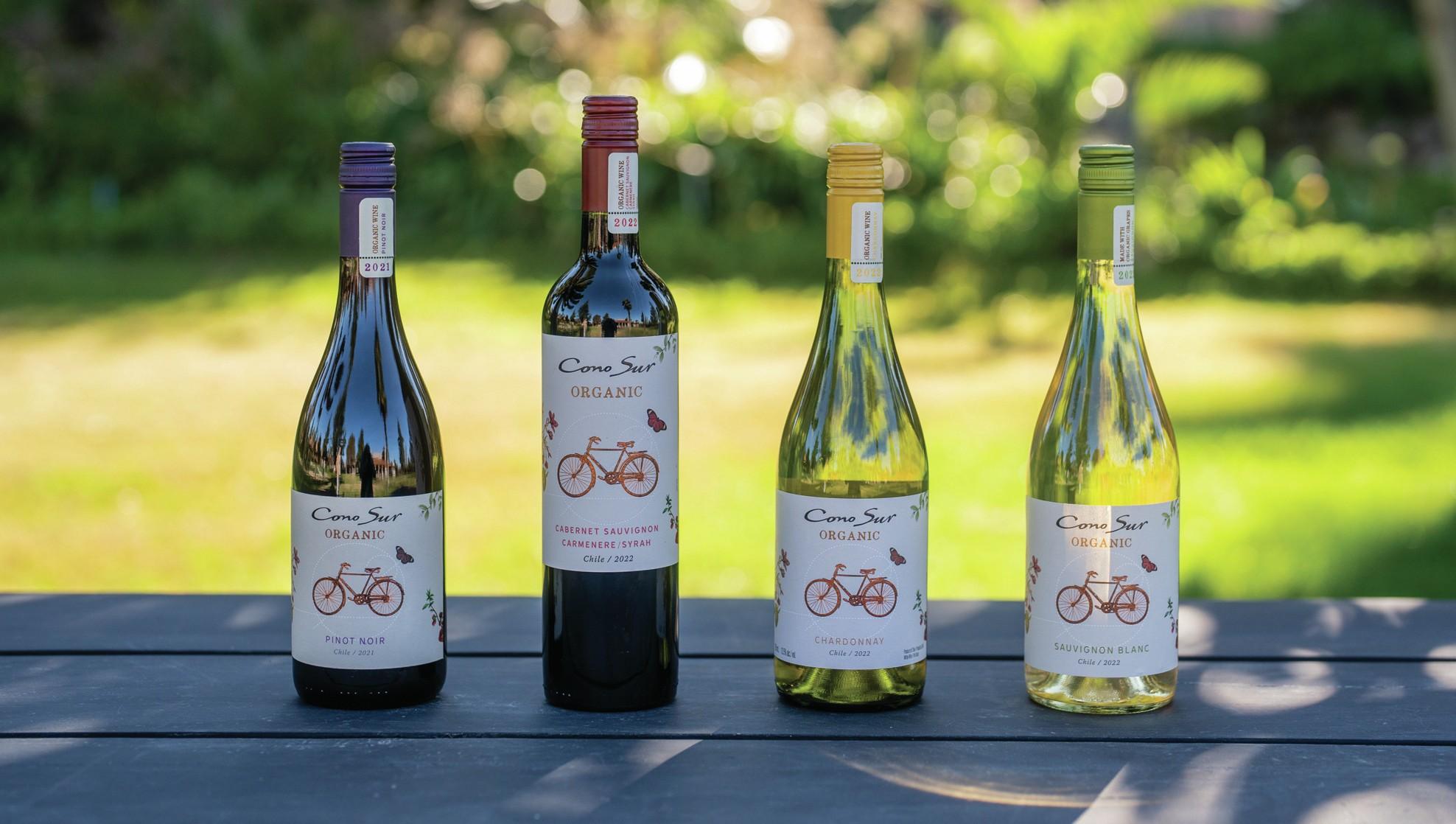 Big in Japan: Cono Sur says Japanese consumers value organic attributes
Big in Japan: Cono Sur says Japanese consumers value organic attributes
Mirabeau’s Cronk believes not enough is being done to incentivise winemakers to go organic, saying: “There seems to be a lack of understanding of how tough farming is today, and of the huge regulatory burden that comes with it. It can be totally overwhelming for small family farms.”
He thinks targeted state funds or taxpayer dollars to encourage conversion to organic could make an enormous difference to family-run farms. Mother Nature is also making it difficult for organic farmers, with frost and pest problems wreaking havoc in the Veneto. “Organics is a focus for the Colli Berici region, but it has been challenging in recent vintages due to flavescence dorée, and many wineries have had to renounce their organic certification in order to save their vineyards,” says Giovanni Ponchia, director of Consorzio Colli Berici e Vicenza.
Work to be done
Commercially, education will be key for organic wines to fully break out into the mainstream. “We’ve seen a significant boom in organic wine consumption, but there’s still a lot of educational work to be done for them to become truly mainstream in all markets,” says Andrés Muñoz of Emiliana. Aguilar of Cono Sur agrees that education is paramount in order to grow the category. “Some countries still have only a vague understanding of what organic wine means, which limits both interest and potential,” he says.
While Anne Bousquet of Domaine Bousquet believes that organic wine has already gone mainstream, she feels producers and retailers can’t afford to rest on their laurels. “But we’re well on the way. As awareness grows and more producers commit, organic wine is becoming the new standard, not the exception.”
Vellacott of Bijou says organic winemakers should be doing more to flag up their green credentials. “With growing demand for transparency and sustainability, the key now is better communication to help consumers understand what organic truly means, and why it matters,” he says.
A must for retailers
For Andrés Valero, head of sustainability at Grupo Avinea, organics is now a must for any retailer worth its salt. “For the vast majority of retailers and distributors, incorporating a selection of organic wines into their portfolios is not just a trend, but a commercial necessity,” he says. “Building a successful organic wine portfolio involves more than simply stocking a few bottles; it requires a thoughtful approach to sourcing, merchandising and educating both staff and consumers.”
Gérard Bertrand, meanwhile, thinks we’ve reached a tipping-point when it comes to organics, and the only way is up. “In key markets, organic wine is becoming a new norm,” he says. “But the real shift will come when we stop talking about ‘organic’ as a segment and start seeing it as the natural way to craft wines of place and purpose.”
Organic wine at a glance
In 2024, organic wine made up 4% of global still wine consumption (IWSR)
From 2019-24 the compound annual growth rate (CAGR) by volume for organic still wine was 3% (IWSR)
The organic wine market is due to nearly triple in value from 2021-30, growing from US$9.84 billion to US$25bn (InsightAce Analytic)
North America’s organic wine market was estimated at US$1.2bn in 2024 and is expected to grow at a CAGR of 10.3% from 2025-30 (Grand View Research)
Spain, France and Italy lead the way for certified organic vines, accounting for about 75% of organic vineyard land around the world
One-fifth of vineyard land in Bordeaux is certified organic or is in conversion, while the Languedoc accounts for around 35% of France’s total organic vineyard land
Related news
All the medallists from the Global Organic and Vegan Masters
Terra Organica showcases versatility of organic wines
Cantine Paololeo adds Puglian organic winery to its portfolio

